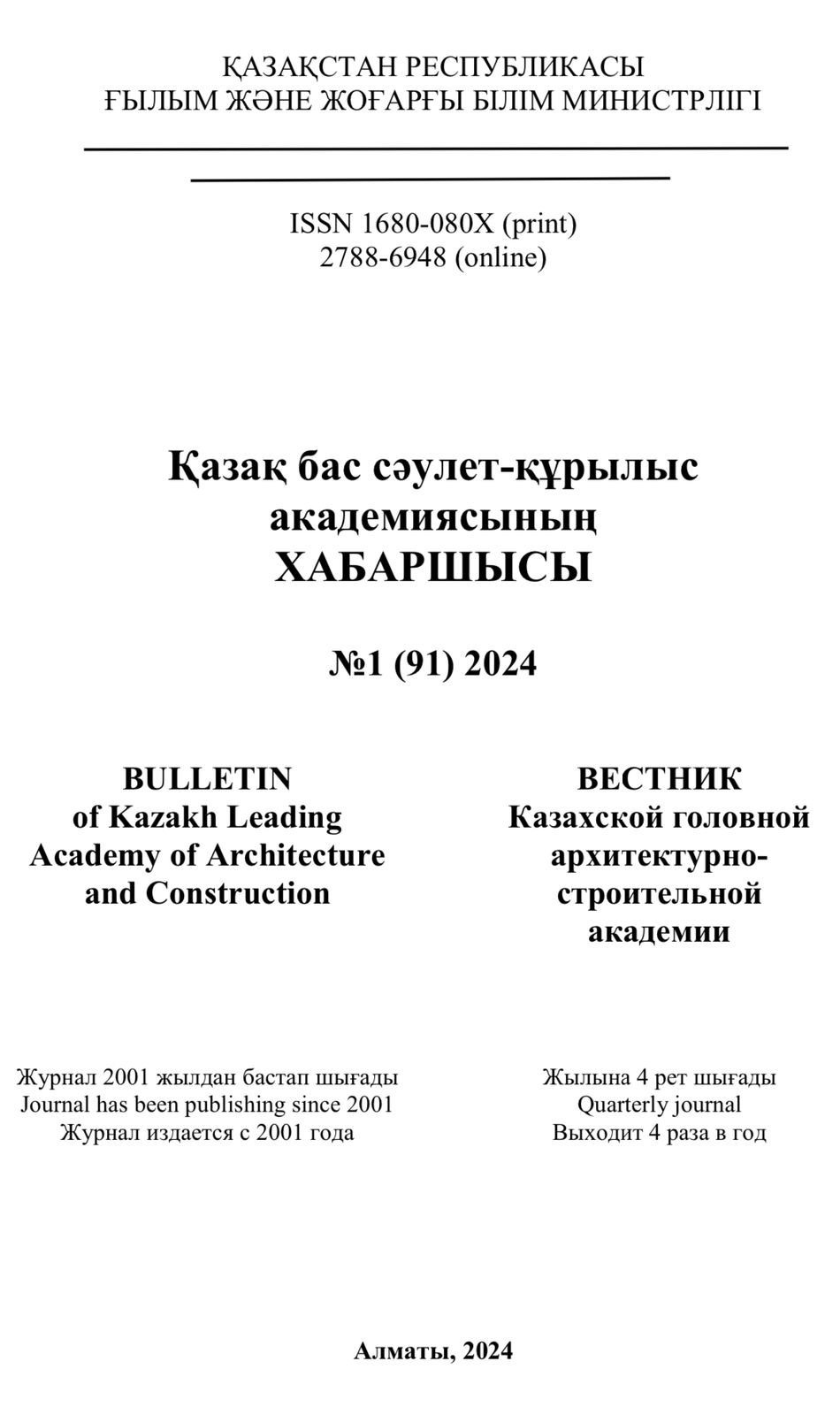Abstract
Abstract. The study of the architecture of residential buildings is of great scien-tific interest, and the topic of housing always remains one of the most relevant in the development of society. The article analyzes the features of the formation of the archi-tecture of residential buildings in Astana in the period from 1936 to 1954, which de-veloped under the influence of socio-economic factors, political decisions, architectur-al and urban planning tasks of the first half of the 20th century. The study involves the use of a method of analysis, study and field survey of residential buildings in Astana of the 1930s-1950s. The article is based on documents collected by the author in 2014-2015 from the funds of the National Archive of the Republic of Kazakhstan, the State Archive of the city of Astana, the archive of the real estate center in the city of Astana, as well as materials from field surveys and photographic recordings of residential buildings. The theoretical foundation for the study was the works of Kazakh scientists: B.A. Glaudinova, M.G. Seydalina, A.S. Karpykova, T.K. Basenova, B.U. Kuspan-galieva, K.I. Samoilova, K.G. Tokzhumanova, etc. As a result of the study, three peri-ods of formation and development of the architecture of residential buildings in Astana were identified: pre-war (1936-1940s); war period (1941-1945); post-war period (1946-1953). Within the established periods, the characteristic features of the architec-ture of residential buildings in the city are determined: urban planning solutions for residential development, typological methods of housing construction and architectur-al style.


